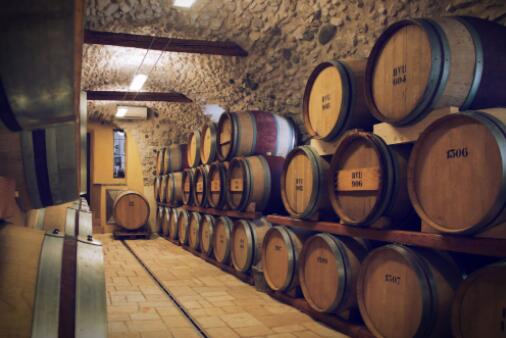Craft breweries are categorized into different types of breweries by the size of their brewing house – which also plays a large factor in the amount of overall beer they can produce. The two biggest sub-factors that determine beer output for breweries are the size of the brewing system and the fermentation space.

BBL is the abbreviation for beer barrels, which is the official unit of measurement of beer volume for breweries in the US. It can be written as one beer barrel or one BBL. One BBL of beer is equal to 31 gallons.
Breweries are defined by what size brew house they have, as it is the main factor that determines how much beer they can produce. In the U.S., beer volume is measured in barrels (bbl). One U.S. barrel is 31 gallons. Large craft and macro breweries operate brew systems that can produce several hundred barrels per batch, while nano breweries have systems that can produce as little as a few gallons. Though, the size of the brew system is only half the equation, because a brewery also need space to ferment what the brew system produces. Fermenters range in size from being able to hold a single batch up to several batches.
When it came time to source our equipment, we had to consider how much beer we could produce given the square footage of our space. We also wanted a system that offered us flexibility to grow.
The second component of the brewery and its production capacity is the fermenters. The fermenters are located in what is referred to as the cellar of the brewery. The main factors we considered when choosing fermenters and layout of our cellar were capacity for meeting demand of our core beers and flexibility for the future—we wanted to be able to grow capacity and add fermenters without needing to rearrange the configuration of the tanks. The footprint of the fermenters was also important to us. Because the footprint of a 10 bbl fermenter is close to that of a 20 bbl or even a 30 bbl fermenter, if we would have filled our cellar with 10 bbl fermenters it would have been a very inefficient use of valuable square footage. We opted to start with two 20 bbl fermenters and one 10 bbl fermenter, with the hopes of soon ordering additional 20 and 30 bbl tanks.
Getting to design and order all the components of the brew system and cellar was pretty awesome—definitely a highlight of the start-up process for me.
Large craft breweries can produce up to 100 BBL of beer per batch – with several batches being produced a day.
On the flip side, smaller nano-breweries can produce as little as 1 BBL or less for each batch – with the majority of smaller micro-breweries producing around 7 barrels per day.
● 1 BLL = 2 half-barrell kegs
● 1 BBL = 13.777778 cases
● 1 BBL = 31 gallons
● 1 BBL = 55.111111 six-packs
● 1 BBL = 62 growlers
● 1 BBL = 99.2 forties
● 1 BBL = 117.35 liters
● 1 BBL = 180.363636 bombers
● 1 BBL = 248 pints
● 1 BBL = 330.666667 beers
● 1 BBL = 3,968 fl oz